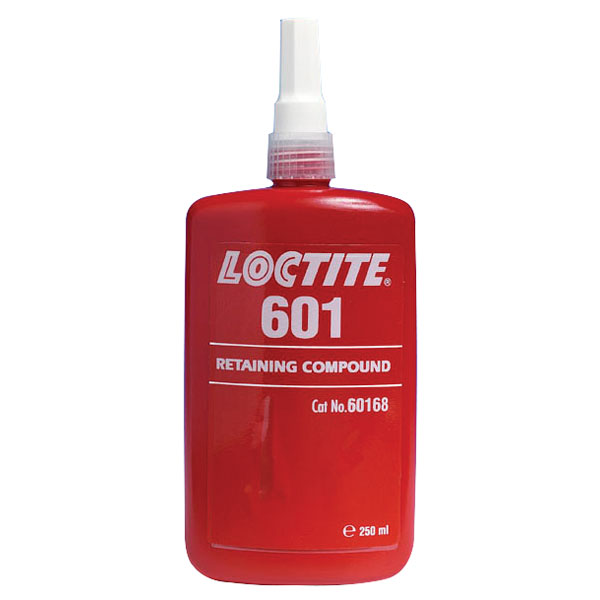

The thermal force is significant enough to balance the viscous force noted earlier. This randomly directed force is also called the thermal force, and for a 100 kDa protein is calculated to be approximately 500 pN. Their number, however, is enormous (water has a molar concentration of 55.35 mol/L), producing a massive number of collisions per unit time. Water molecules travel at significant velocity (600 m/s), but their momentum is small due to their small mass. When two objects collide (e.g., a water molecule and a protein), the force produced is related to the rate of change of momentum and momentum, in turn, is related to the velocity and mass of the molecule. Since these collisions are not directed, the movement of the protein molecule is random, and this is the basic premise of the random walk taken by molecules observed as Brownian motion. A protein in solution moves because of the immense number of collisions experienced from water molecules. Whereas viscous forces retard movement, collisional (thermal) forces drive molecular movement. This is because their average molecular weight can be adjusted to a value closer to the critical limit for shear stability. Consequently, at a given stability level and structure, VI improvers with a narrower molecular-weight distribution will have a higher thickening power. It should be noted that because shear stability is molecular weight sensitive, the molecular weight of a VI improver with a broad distribution will have to be adjusted to a comparatively low value for proper control of SSI. In Figure 41 311 it is clear that the star polymethacrylate (PMA) VM behaves better than the linear PMA or PIB because it has the highest VI with a minimum SSI. 309 Under the same shear rate their higher viscosity 310 is the reason why star polymers are used as an improved VI in the multigrade lubricating oils. Toward these lines star polymers (e.g., star polymethacrylates, hydrogenated star PIs) are perfectly suited for VI improvers, as they have higher shear stability than the corresponding linear ones. The lower the value of SSI, the better or more resistant is the VI improver to mechanical stress or shear. Shear stability of VI (or VM) is evaluated by determining the shear stability index (SSI), which is a measure of loss of viscosity due to shearing. Lower-molecular-weight polymers are more shear resistant but do not improve viscosity as effectively as at higher temperatures and, therefore, must be used in larger quantities.

Higher-molecular-weight polymers make better thickeners but tend to have less resistance to mechanical shear. As the additive (VI improver) is repeatedly sheared in the engine, it loses its ability to act as a more viscous fluid at higher temperatures, due to chain scission. The primary disadvantage of the polymers as VI is their sensitivity (chain scission) to mechanical shearing.


 0 kommentar(er)
0 kommentar(er)
